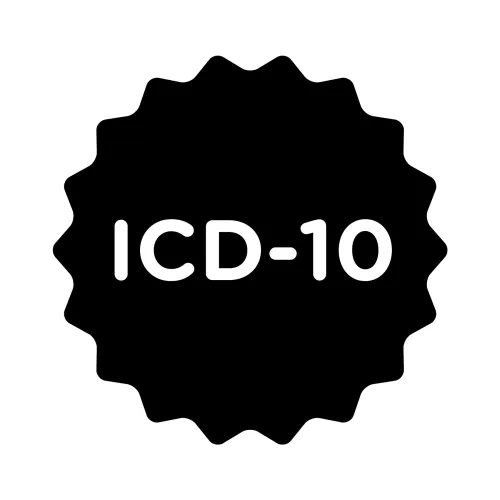
Aggregate all your chapter-specific fracture coding guidelines into one place.
Most veteran coders typically know how to work their way around a fracture diagnosis. On one hand, coding fractures can be as simple as identifying the type of fracture and assigning the appropriate seventh character. On the other hand, coders often neglect the plethora of guidelines applicable to fractures within the ICD-10-CM manual.
“The ICD-10-CM guidelines offer an extensive array of instructions on fracture coding,” says Lindsay Della Vella, COC, medical coding auditor at Precision Healthcare Management in Media, Pennsylvania. “From seventh characters to laterality initial versus subsequent encounters, there’s a lot to digest when it comes to taking in the full scope of ICD-10-CM fracture coding guidelines,” Della Vella explains.
Have a look at each of these core guidelines to maximize your fracture coding accuracy and efficiency.
Properly Sequence Neoplasm-Induced Pathologic Fracture Diagnoses
The ICD-10-CM index has clear and specific instructions for patient encounters involving pathologic fractures and associated neoplasms:
As you can see, the main point here comes with the phrasing “focus of treatment.” If the focus of treatment is the neoplastic disease, code the neoplasm as the primary (and possibly, only) diagnosis. If the focus of treatment is the fracture, report the M84.5- code set first followed by the ICD-10 code for the neoplasm.
Note Coding Differences Between Osteoporotic, Traumatic Fractures
Consider these ICD-10-CM instructions when coding a fracture of any patient with known osteoporosis:
These coding guidelines are fairly straightforward. If the patient suffers a fracture of an osteoporotic bone, then you should exclusively use a code from the M80- code set. Typically, these fractures will be the secondary result of trauma. If the bone is not identified as osteoporotic, then you should use a code from the S00-S99 code set. You may find that imaging following the injury will identify the fracture as trauma-induced or of an osteoporotic nature. The physician must identify on the dictation report or operative note that the fracture is of an osteoporotic nature in order for you to report code set M80-.
Distinguish Between Complication Codes, Seventh Characters
One important, and often overlooked ICD-10-CM guideline has to do with how you should approach complications of fractures during the postsurgical phase:
The codes or seventh character you use to report complications of a fracture repair depend on the nature of the complication. For instance, in order to report nonunion of a displaced fracture of the first right metatarsal bone, use code S92.311K (Displaced fracture of first metatarsal bone, right foot, subsequent encounter for fracture with nonunion). However, if the complication does not involve a problem with healing or union of the fractured bone, you may consider a primary complication code. For instance, if the patient presents with a displaced internal fixation device of the left femur, you will report code T84.125A (Displacement of internal fixation device of left femur, initial encounter).
Refresher: Remember these two fundamental ICD-10-CM fracture coding guidelines on closed/open, displaced/nondisplaced fractures:
Consider Rules for Delayed Treatment, Gustilo Open Fracture Classifications
ICD-10-CM offers very specific guidelines on how to address a patient who presents for delayed treatment of a fracture:
As these instructions suggest, a patient who presents for imaging or treatment in the months following a fracture, and the healing process results in nonunion or malunion, you should refrain from coding with seventh characters K (nonunion) or P (malunion). Instead, you will report the fracture with seventh character A (initial encounter). This can be difficult to discern depending on the documentation of the imaging or operative report. If the provider fails to identify the age of the fracture, you should code under the assumption that the fracture is of an acute nature.
Finally, take a look at the ICD-10-CM guidelines on the Gustilo open fracture classifications:
“Gustilo classification of fractures qualifies the risks associated with long bone fractures, based on the contamination, and damage to arteries or soft tissue in open fractures,” outlines Sheri Poe Bernard, CPC, of Poe Bernard Consulting in Salt Lake City, Utah. “Type I is the least severe (small, clean wound), and type IIIC is the most severe (requiring arterial reconstruction or repair),” Bernard details.
